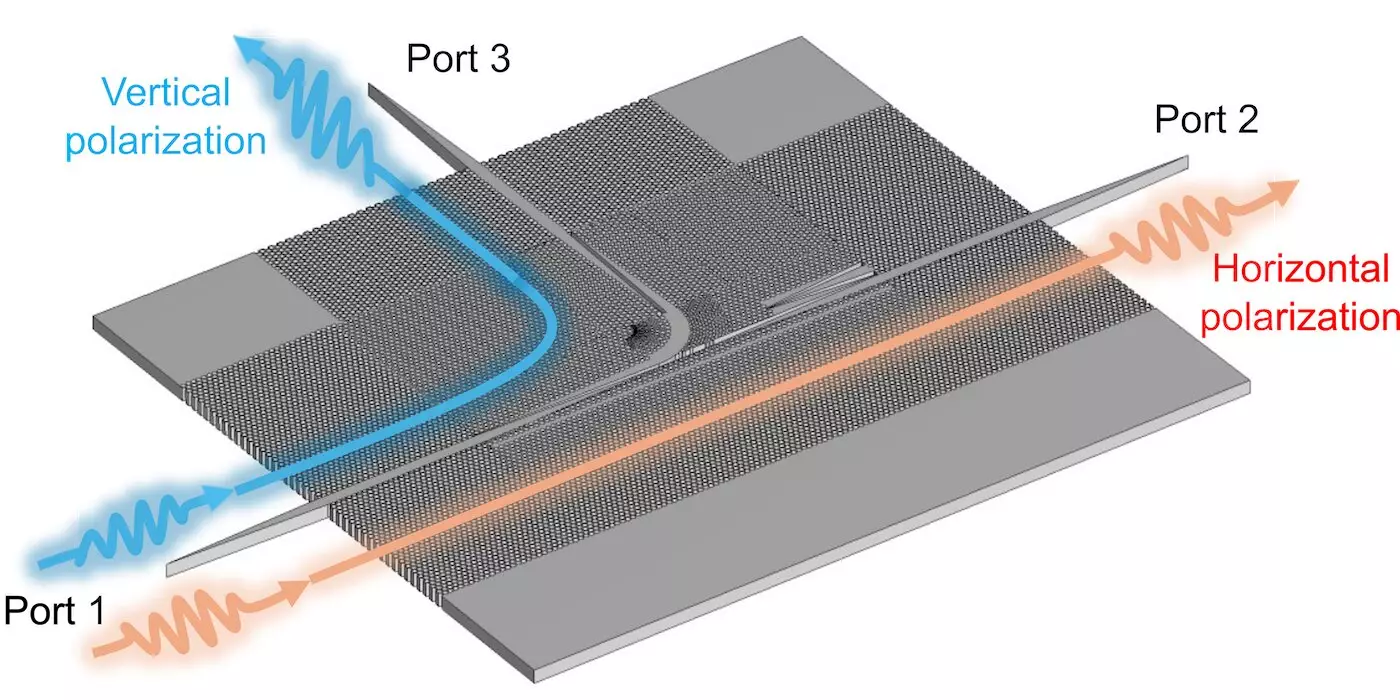As society becomes increasingly reliant on digital communication, the demand for faster, more efficient systems has never been greater. The emergence of 6G technology could soon redefine the landscape of wireless communication, and a groundbreaking development by scientists has brought this vision closer to reality. At the heart of this innovation is a polarization multiplexer designed to operate within terahertz ranges, representing a pivotal leap in both speed and bandwidth for future networks.
Terahertz communication is poised to unlock potential data transfer rates that significantly surpass those of current systems like 4G and even 5G. This revolutionary technology operates at frequencies ranging from 0.1 to 10 THz, allowing for vast amounts of data to be transmitted concurrently. The capacity for such massive data throughput paves the way for applications that rely heavily on high-speed transfers, such as ultra-definition video, virtual reality, and augmented reality, among many others. However, the advancement of terahertz communication also brings forth new complexities, primarily in spectrum management.
A polarization multiplexer is essentially a device that allows multiple data streams to be sent across a single frequency band, considerably enhancing communication capacity. The recent innovation, developed by a team of scientists led by Professor Withawat Withayachumnankul from the University of Adelaide, represents an ultra-wideband integrated terahertz polarization (de)multiplexer housed on a substrateless silicon base. This innovative design has already been tested in the sub-terahertz J-band (220–330 GHz), where it has demonstrated capabilities far exceeding that of existing technologies.
According to Professor Withayachumnankul, the device doubles the data transmission capacity while reducing data loss—a remarkable feat in an industry striving toward higher efficiency. The significance of this technologic leap cannot be overstated; the relative bandwidth achieved is a record-breaking accomplishment for integrated multiplexers across all frequencies.
The commercialization potential of this newly designed polarization multiplexer could reshape various sectors, including telecommunications, internet of things (IoT), and even healthcare sectors reliant on real-time data transmission. Dr. Weijie Gao, a co-researcher, highlights the wider implications of this technology, asserting that it is not only a triumph in laboratory settings but also a foundation for economically viable manufacturing. Built using standard fabrication processes, this multiplexer can be produced at scale, reducing production costs and making it accessible for mass adoption.
Dr. Gao further emphasizes the practicality of this technology, noting that it improves the efficiency of terahertz communication systems, thereby enabling high-speed wireless networks to become more robust and reliable. The implications of such advancements are profound, potentially revolutionizing sectors by enhancing applications like high-definition streaming, telemedicine, and next-gen mobile networking.
The research team responsible for this breakthrough believes that overcoming technical challenges associated with terahertz technologies could ignite a wave of exploration and innovation in the field. This sentiment is echoed by Professor Masayuki Fujita, a co-author of the published study, who anticipates increased research activity in coming years. As the technology matures, the team envisions substantial advancements in high-speed communications, leading to the commercial production of prototypes and early-stage products within a three-to-five-year timeframe.
Ultimately, they foresee a significant integration of terahertz technologies into various industries within the next decade. This proliferation will not only enhance how current systems function but also revolutionize fields ranging from telecommunications and imaging to radar technology and IoT applications.
The successful development of this terahertz polarization multiplexer represents more than just a technical achievement; it is a crucial step toward the realization of 6G communication networks. As scientists and engineers continue to push the frontiers of what’s possible in wireless communication, the future promises a world where data flows seamlessly, efficiently, and at unprecedented speeds. The journey towards this new era will undoubtedly transform how we connect, communicate, and interact with the world around us.

